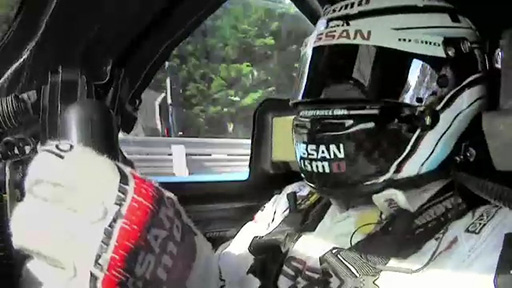1 Applying your learning: communication in motor racing
Before addressing the main questions in this session, you will use this opportunity to consolidate your learning and insights from Session 1 by revisiting the earlier motor racing film featuring Chris Hoy.
Activity 1 Revisit the earlier motor racing film
Watch the video again. Please remember that this clip contains some swearing.

Transcript
This time, identify:
- two examples of non-verbal communication in the film
- why the race engineer uses paralinguistic features (i.e. pace, volume, rhythm and emphasis) in his radio communication to convey messages
- what you think team members’ impressions are of their team principal.
Discussion
One example of non-verbal communication is during the disagreement about the number of tyres to be fitted. The race engineer uses considerable hand gestures even while using the radio. At one point he uses a one-handed stop sign as the team principal says, ‘Just put one … [you stop].’ It appears that the listener, the team principal, can’t see the gestures. This demonstrates how non-verbal communication is deeply integrated into language. When their conversation heightens to open disagreement he ends the exchange without words: he uses a dismissive overhead throw-away movement.
The other example is when the team principal speaks with the pit-crew afterwards in which his hand gestures reinforce his frustration and he also points inwardly to himself to reinforce his ‘I know what I’m talking about’ message.
- The race engineer tries to remain calm, speaking clearly and slowly to his colleagues on the radio: an important characteristic needed in his role in supporting the driver. He places emphasis on certain words, in italics, for effect, e.g. ‘soft tyres to the car immediately’ and ‘OK Chris, how are you feeling, is everything OK?’ This highlights in the first example the urgency and in the second the personal care in his relationship and support of Chris.
- It is likely that the team members describe their team principal as being passionate, or similar, and that this sometimes is expressed as frustration or anger when mistakes occur. You could describe him as being confident in his own judgement: he often refers to his knowledge of motor racing. It is likely that outside this pressure environment he behaves very differently.
The videos that you will watch through this course feature speech and non-verbal communication. But what about communicating in writing: how is it different to speech?
